NASA Halts VIPER Rover Project Amid Rising Costs and Delays
NASA has announced the discontinuation of its VIPER (Volatiles Investigating Polar Exploration Rover) project. The decision comes after a comprehensive review highlighted rising costs, delays, and potential future financial risks.
Originally planned for a late 2023 launch, VIPER’s timeline was pushed to September 2025 due to various setbacks.
Delays and Challenges
Initially, VIPER was set to launch in late 2023. However, in 2022, NASA requested a delay to late 2024 to allow more time for preflight testing.
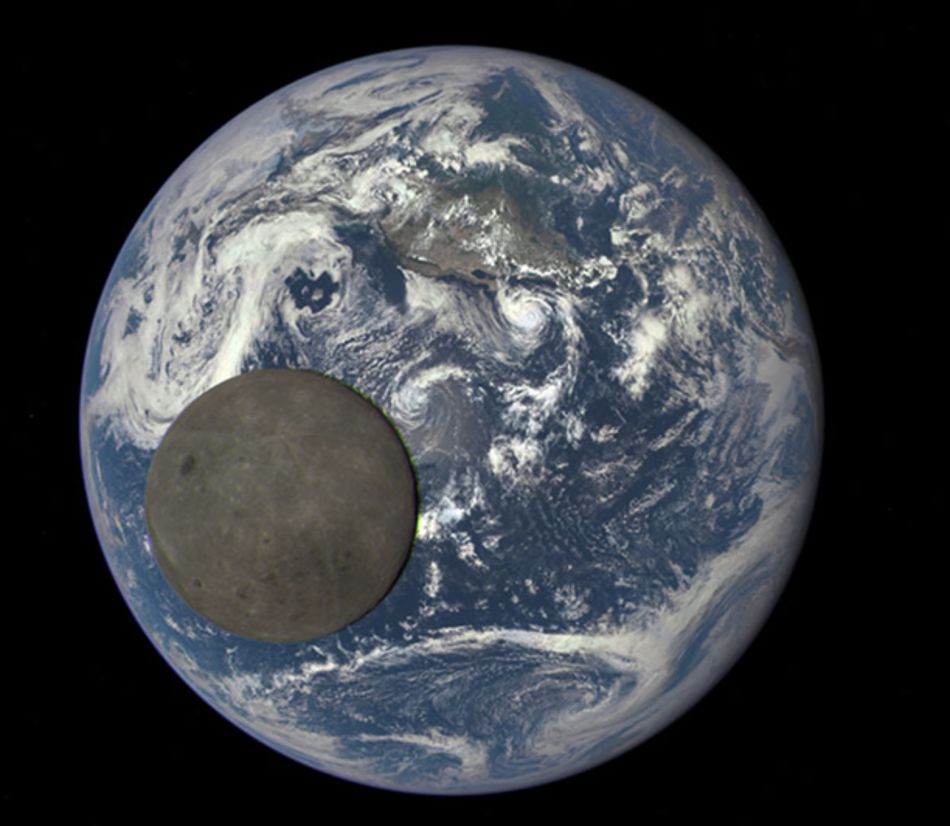
Source: NASA
Additional schedule and supply chain delays further postponed VIPER’s readiness to September 2025, complicating the mission’s prospects.
Financial Implications
Continuing the VIPER project would have significantly increased costs, threatening the viability of other missions under the Commercial Lunar Payload Services (CLPS) program.

Source: Freepik
NASA concluded that halting VIPER was necessary to avoid further financial strain and potential disruptions.
NASA's Official Statement
“We are committed to studying and exploring the Moon for the benefit of humanity through the CLPS program,” said Nicola Fox, NASA’s associate administrator.

Source: Freepik
NASA aims to maximize the use of VIPER’s technology while preserving critical funds for its extensive lunar portfolio.
Repurposing VIPER Components
NASA plans to disassemble VIPER and give its instruments and components new life in future Moon missions.
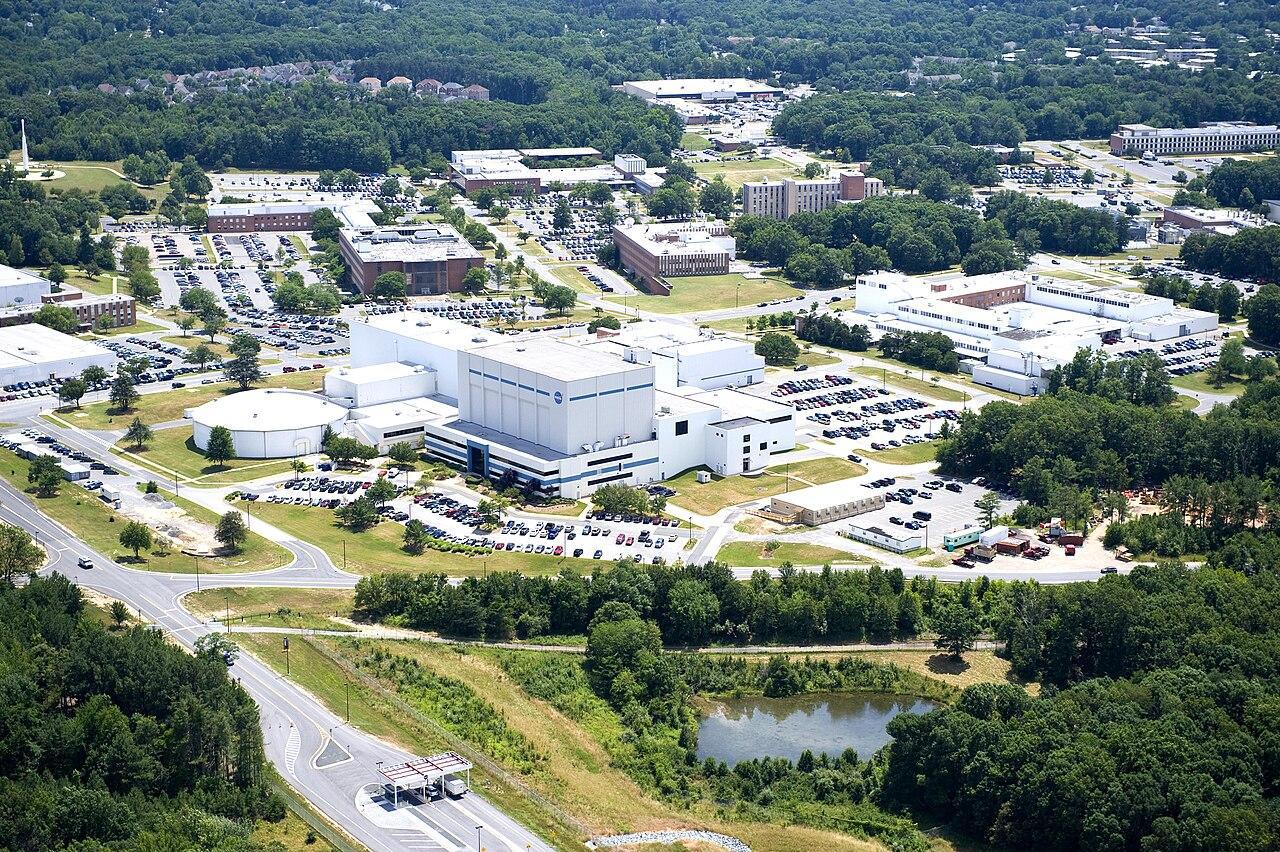
Source: Wikimedia
This strategy ensures that the investments made in VIPER continue to fuel NASA’s lunar exploration goals, all while saving on costs.
Call for Interest
Before disassembling VIPER, NASA will consider expressions of interest from U.S. industry and international partners for using the existing rover system at no cost to the government.
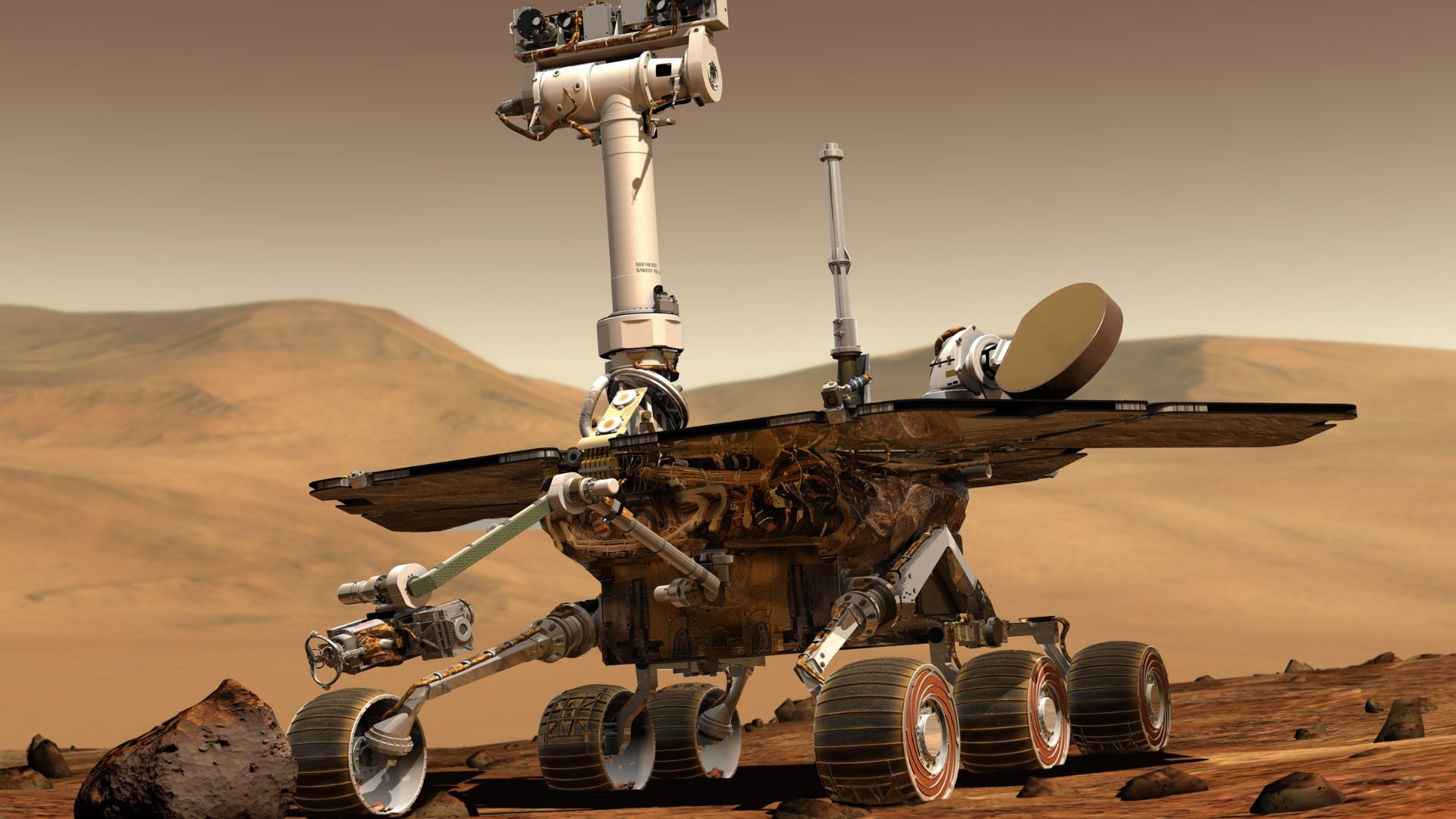
Source: NASA/Wikimedia Commons
Interested parties have until August 1 to contact NASA.
Astrobotic's Griffin Mission One
Astrobotic will continue its Griffin Mission One within its contract with NASA, aiming for a launch no earlier than fall 2025.
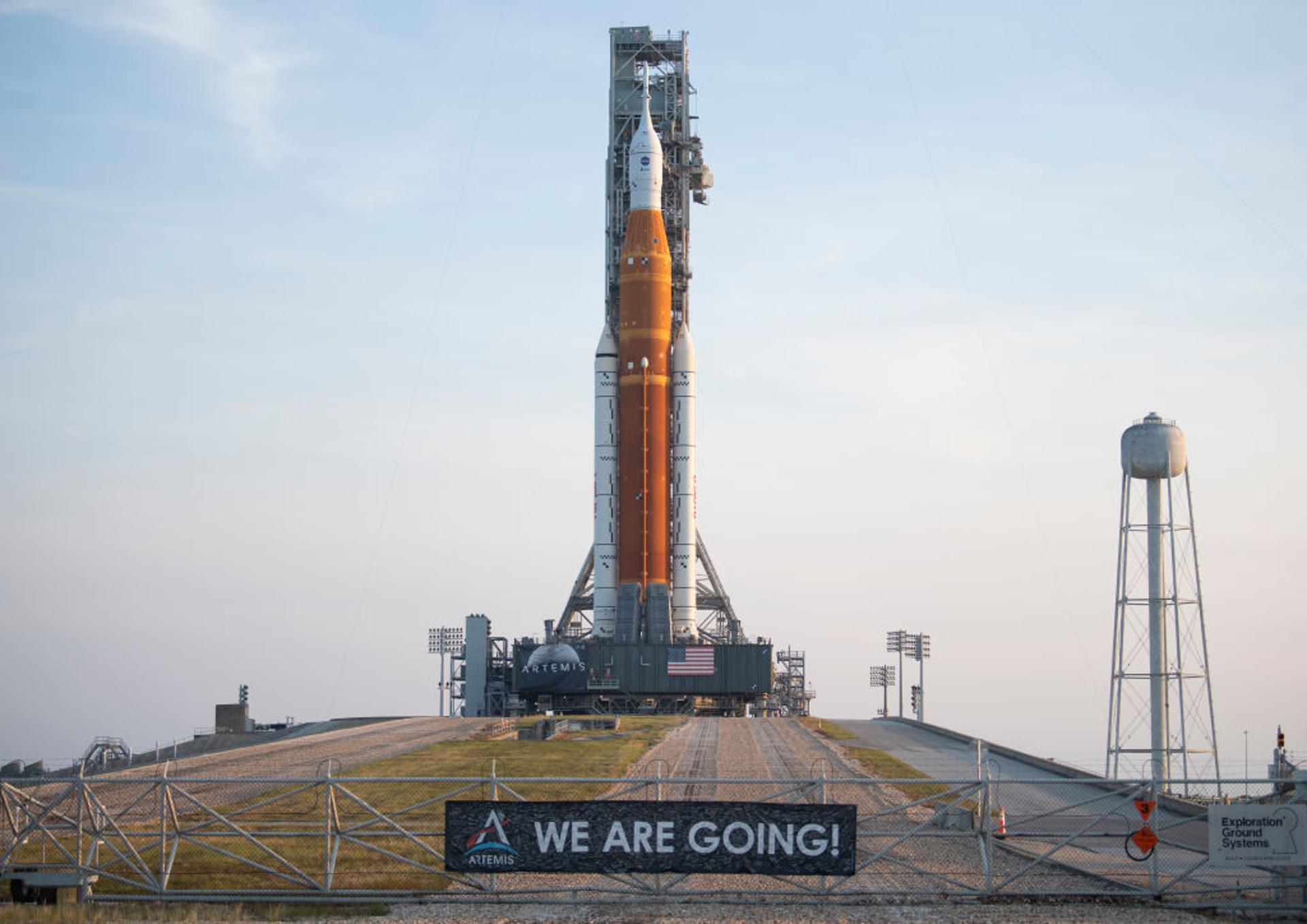
Source: Joel Kowsky/NASA via Getty Images
This mission, though without VIPER, will serve as a critical flight demonstration for the Griffin lander and its engines.
Alternative Methods to Achieve Goals
NASA will pursue alternative methods to accomplish VIPER’s objectives.

Source: David McNew/Getty Images
The Polar Resources Ice Mining Experiment-1 (PRIME-1), scheduled to land in late 2024, will search for water ice and conduct resource utilization demonstrations.
Future Crewed Missions
Future missions, such as those involving the Lunar Terrain Vehicle, will enable mobile observations of lunar volatiles and provide astronauts access to permanently shadowed regions for sample return campaigns, utilizing VIPER’s developed technology.
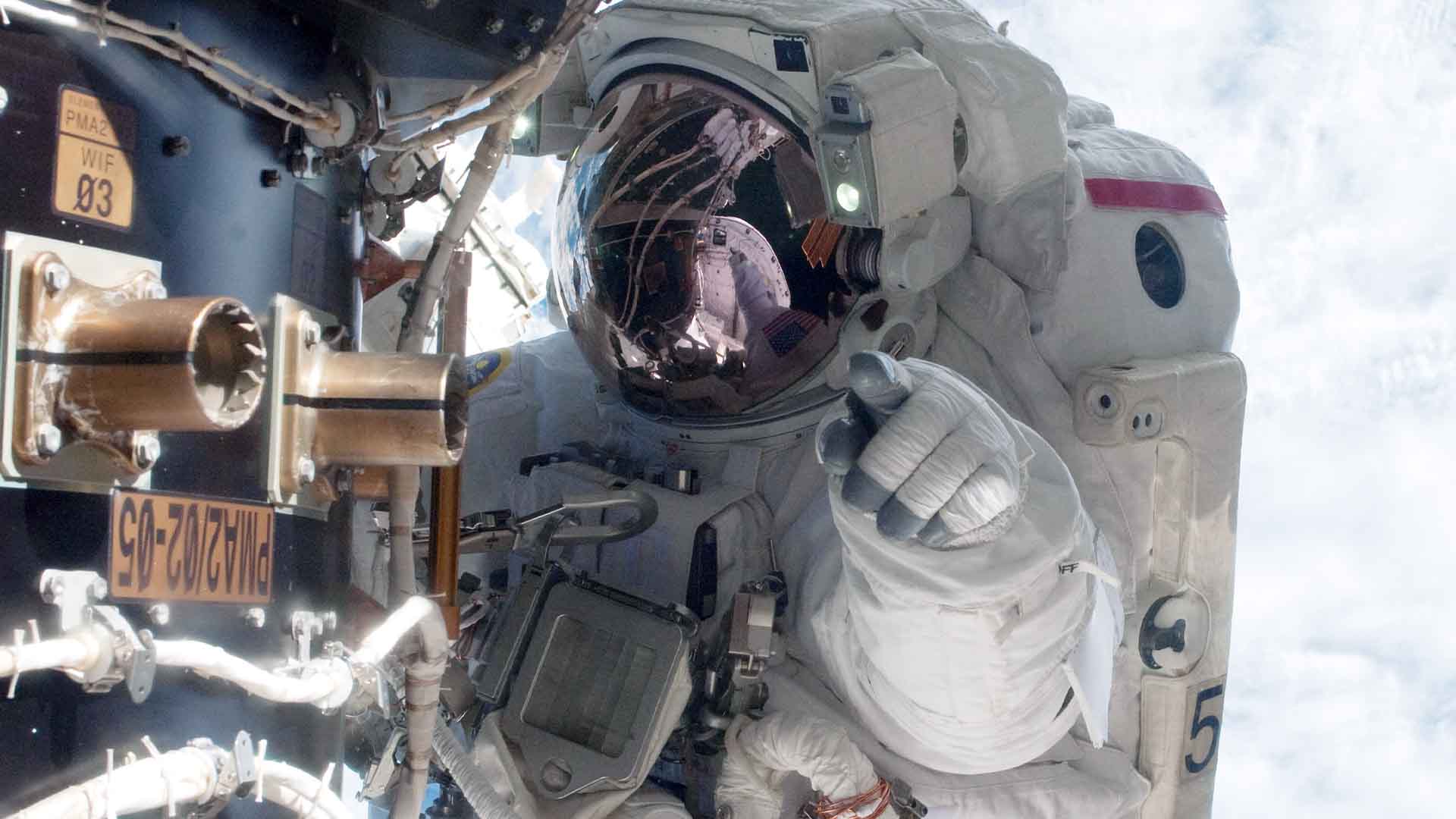
Source: NASA via Getty Images
By exploring these shadowed areas, which have been untouched by sunlight for years, scientists hope to uncover critical data that could inform future lunar colonization and resource utilization strategies.
Continuing Lunar Exploration
Despite VIPER’s cancellation, NASA’s commitment to lunar exploration remains strong.
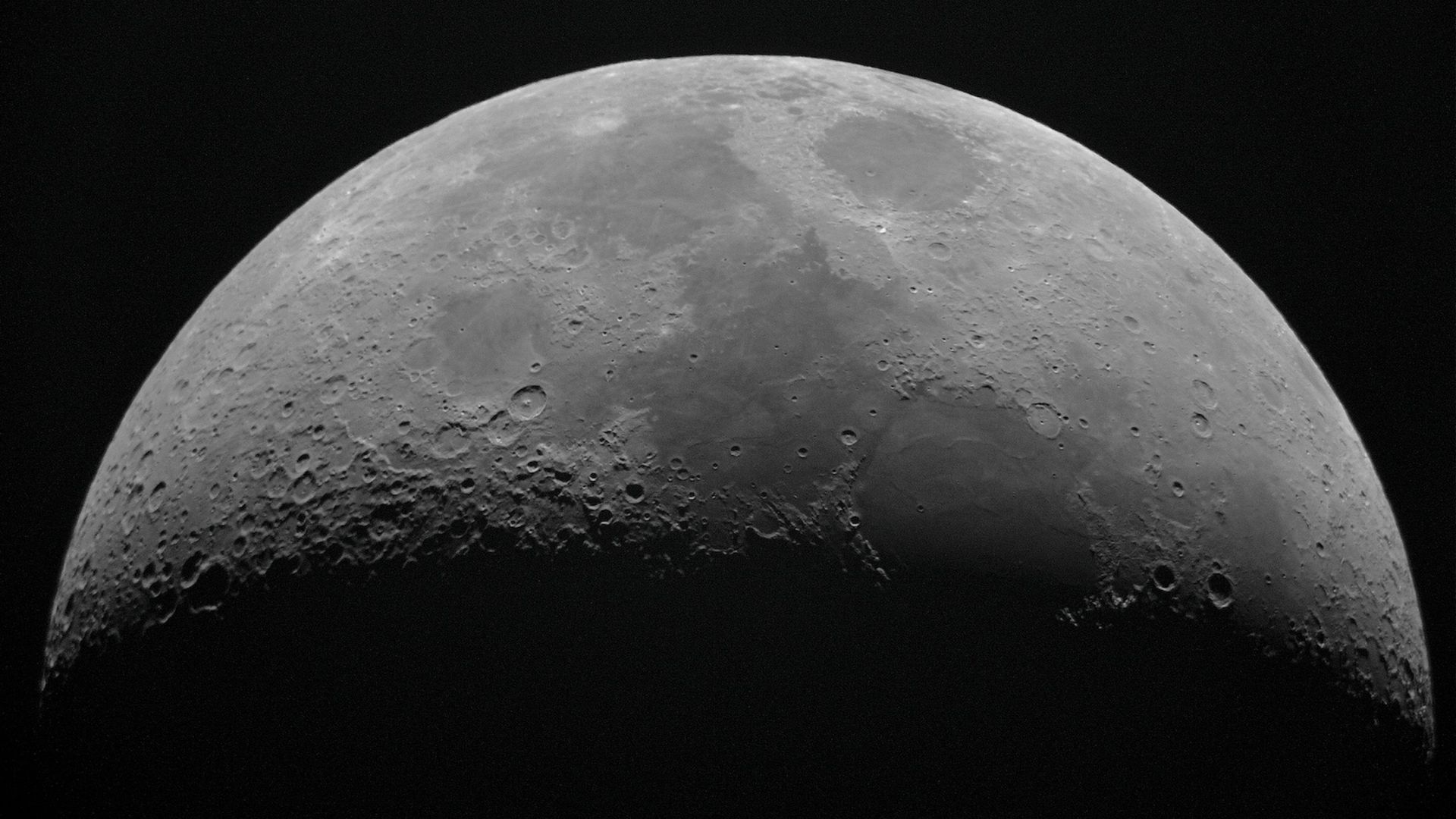
Source: Nicolas Thomas/Unsplash
The agency plans to explore more of the Moon than ever before, leveraging advanced robotics, highly trained astronauts, and collaborations with commercial and international partners.
Artemis Program and Beyond
Through initiatives like the Artemis program, NASA is dedicated to unlocking the Moon’s mysteries.
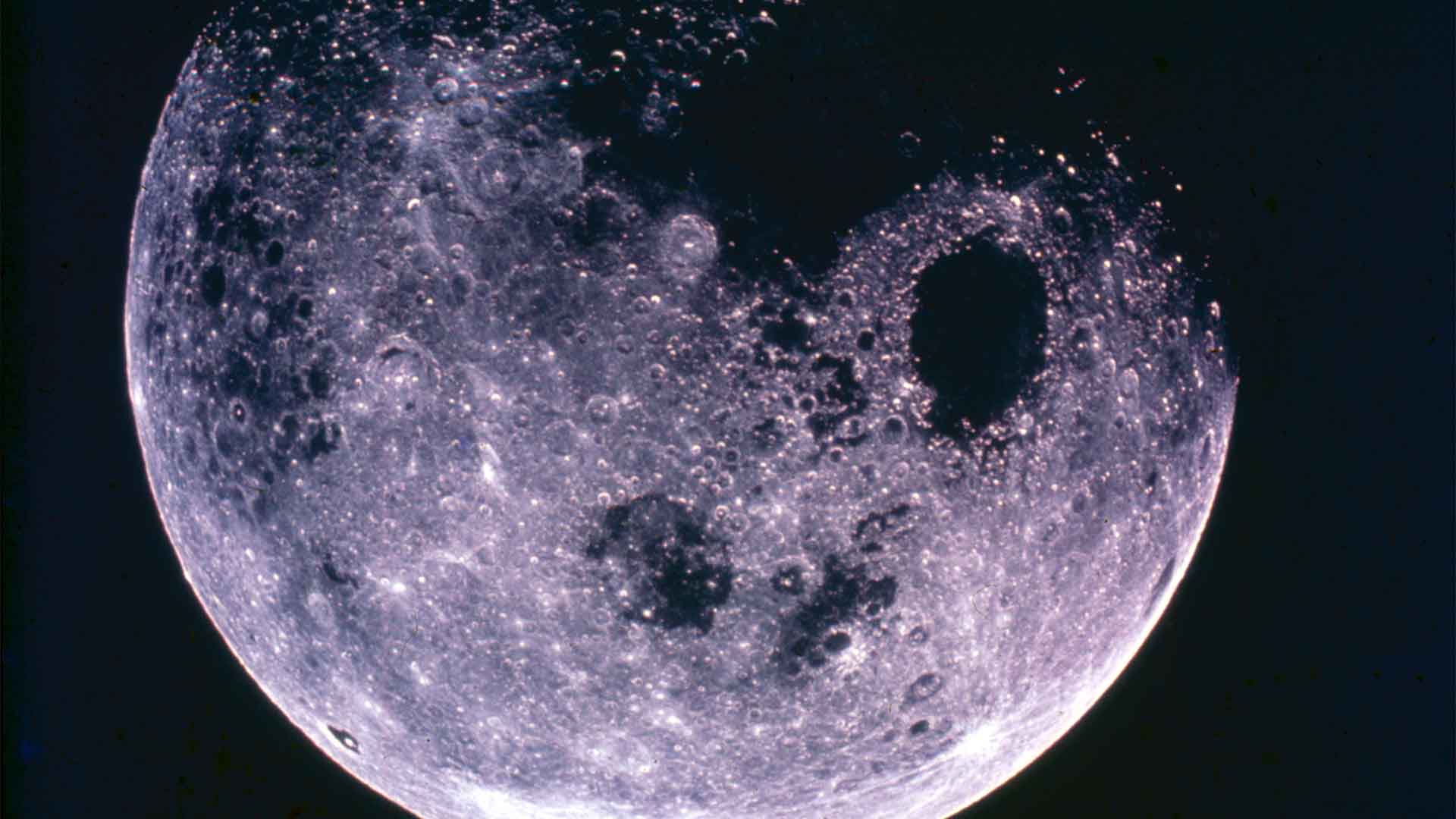
Source: NASA/Interim Archives/Getty Images
These efforts include sending astronauts and advanced robotics to explore lunar resources and gather scientific data that could benefit humanity.
The Road Ahead
NASA’s decision to halt VIPER reflects a strategic pivot to ensure the sustainability of its lunar missions.
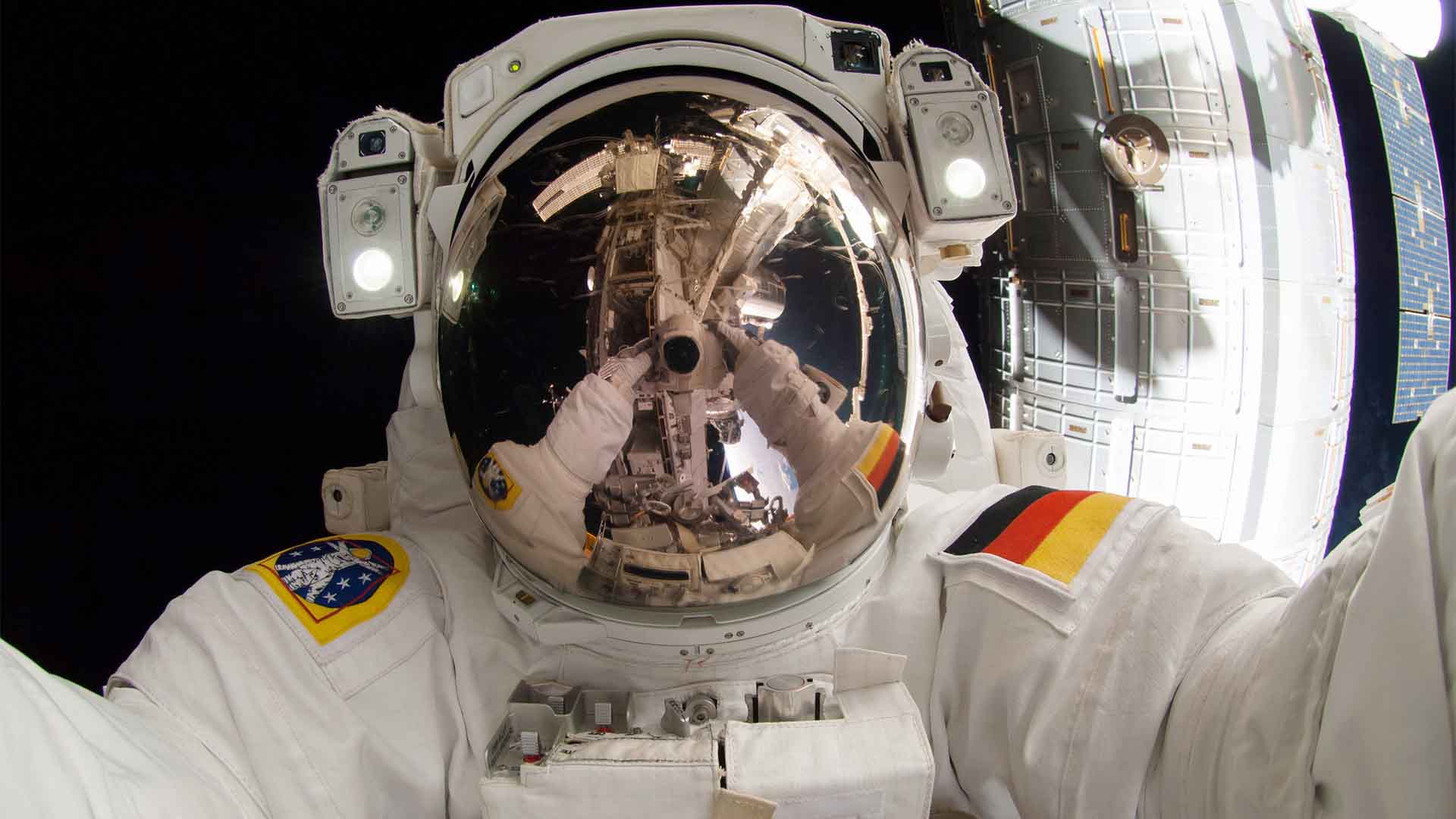
Source: NASA via Getty Images
By repurposing VIPER’s technology and continuing with alternative projects, NASA aims to achieve its lunar exploration goals efficiently and effectively.
